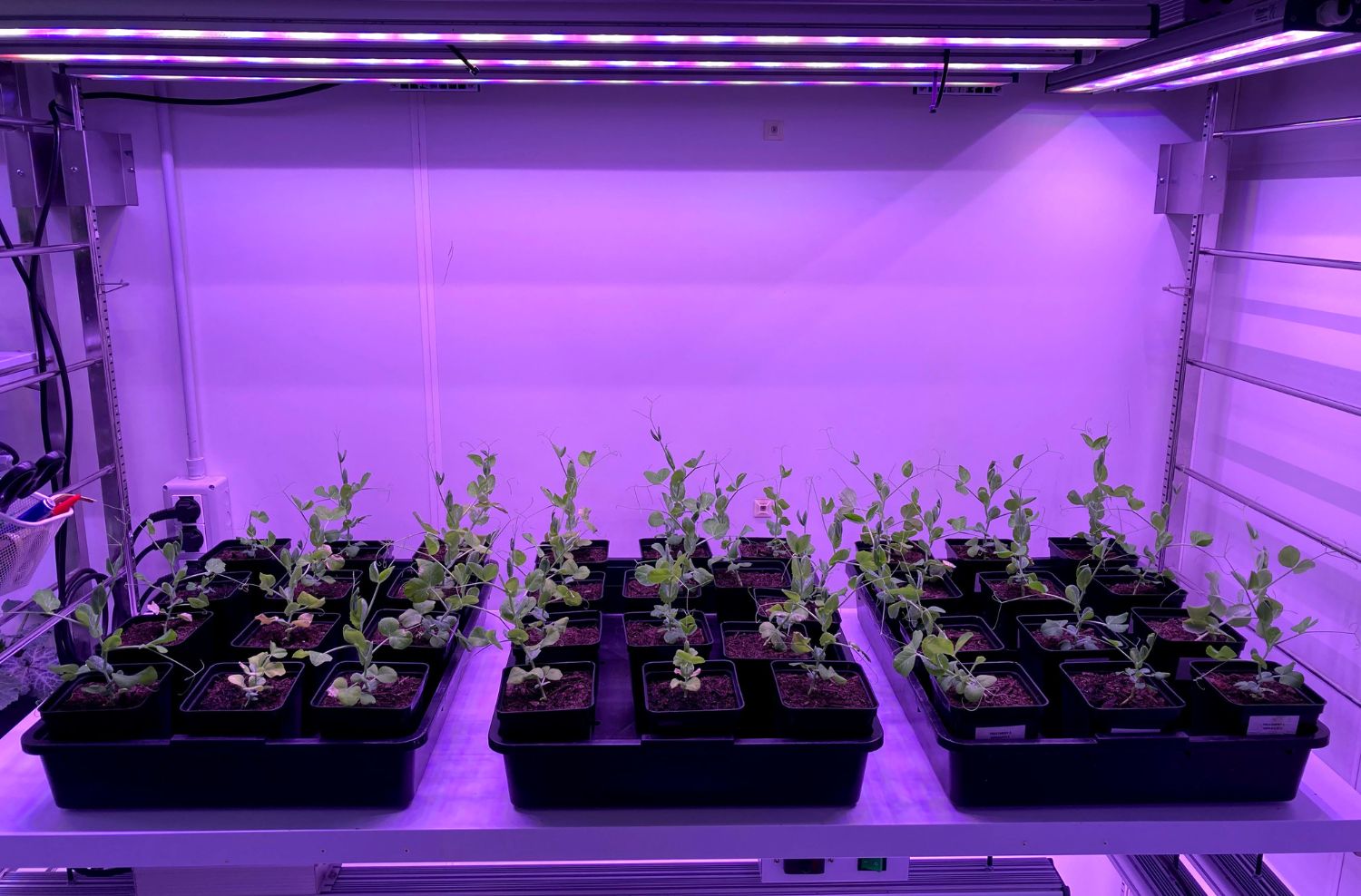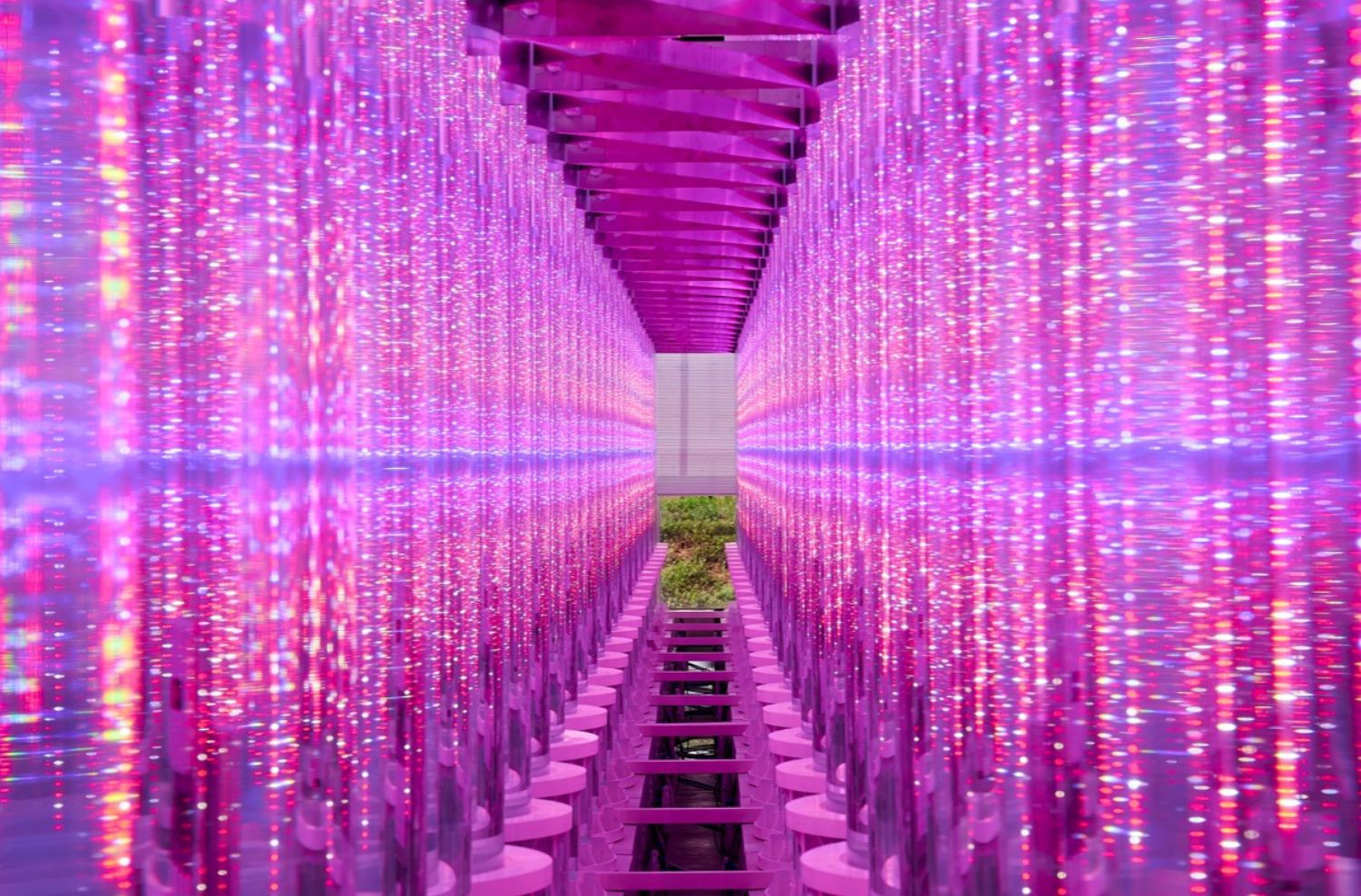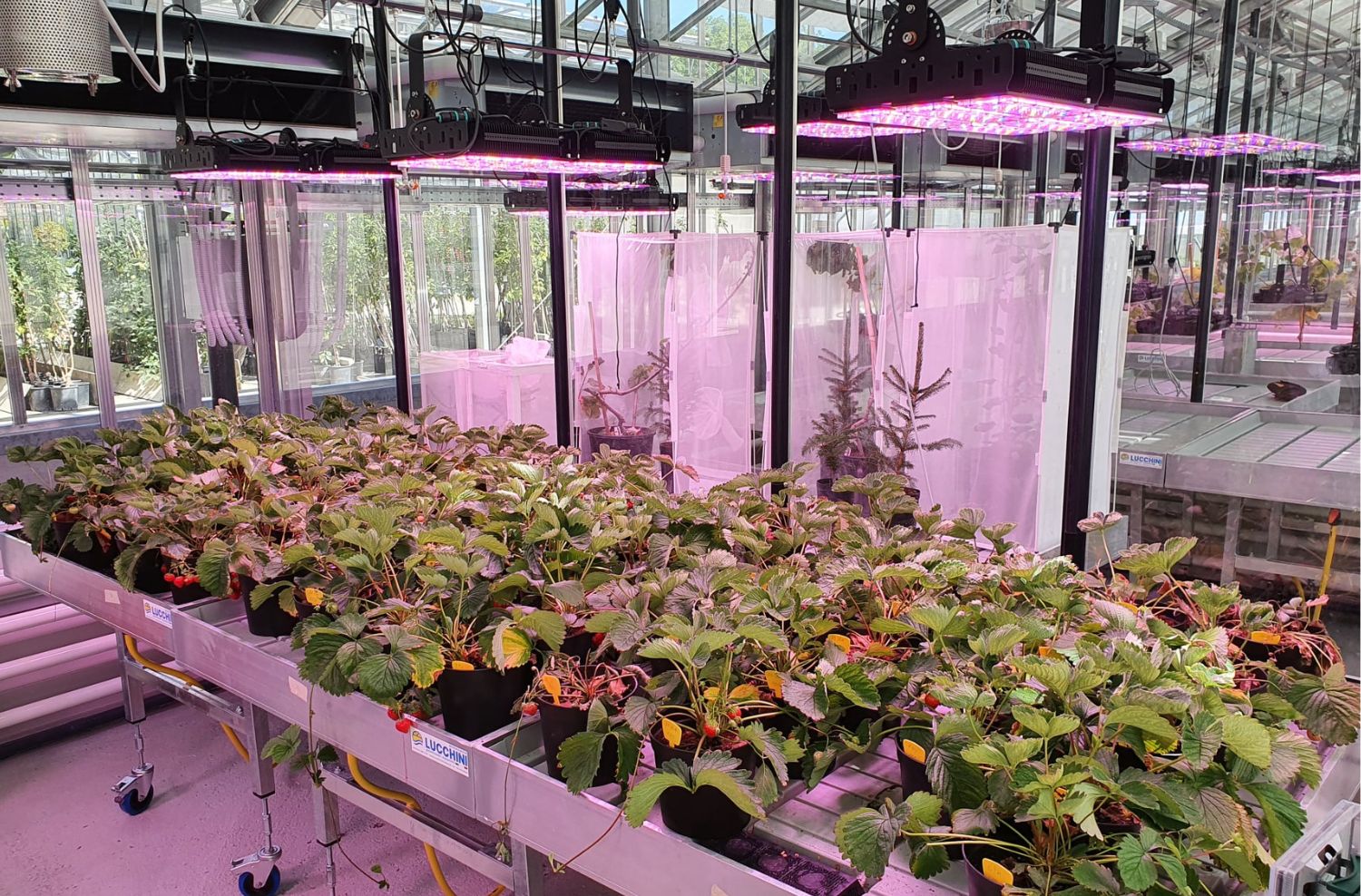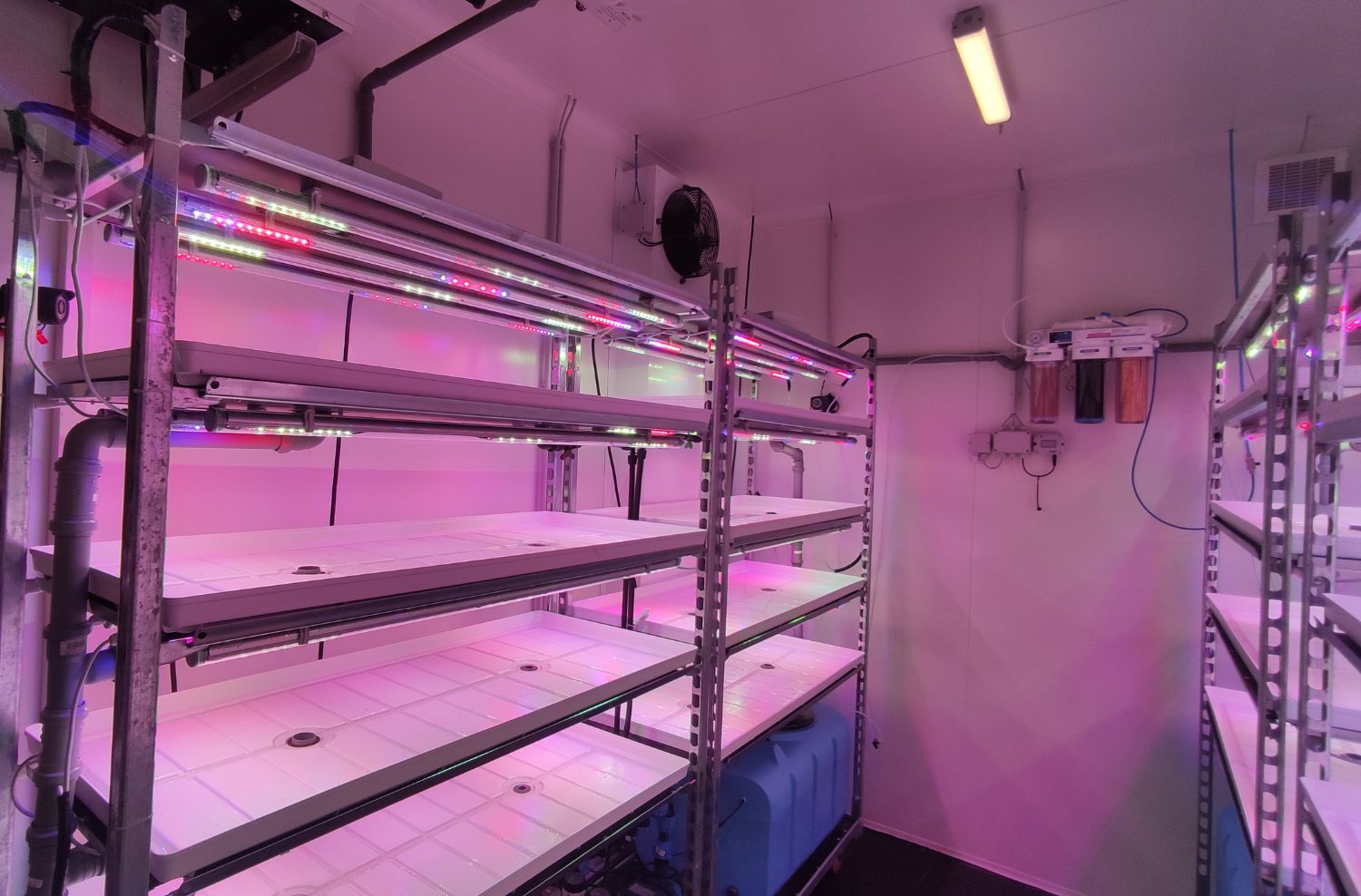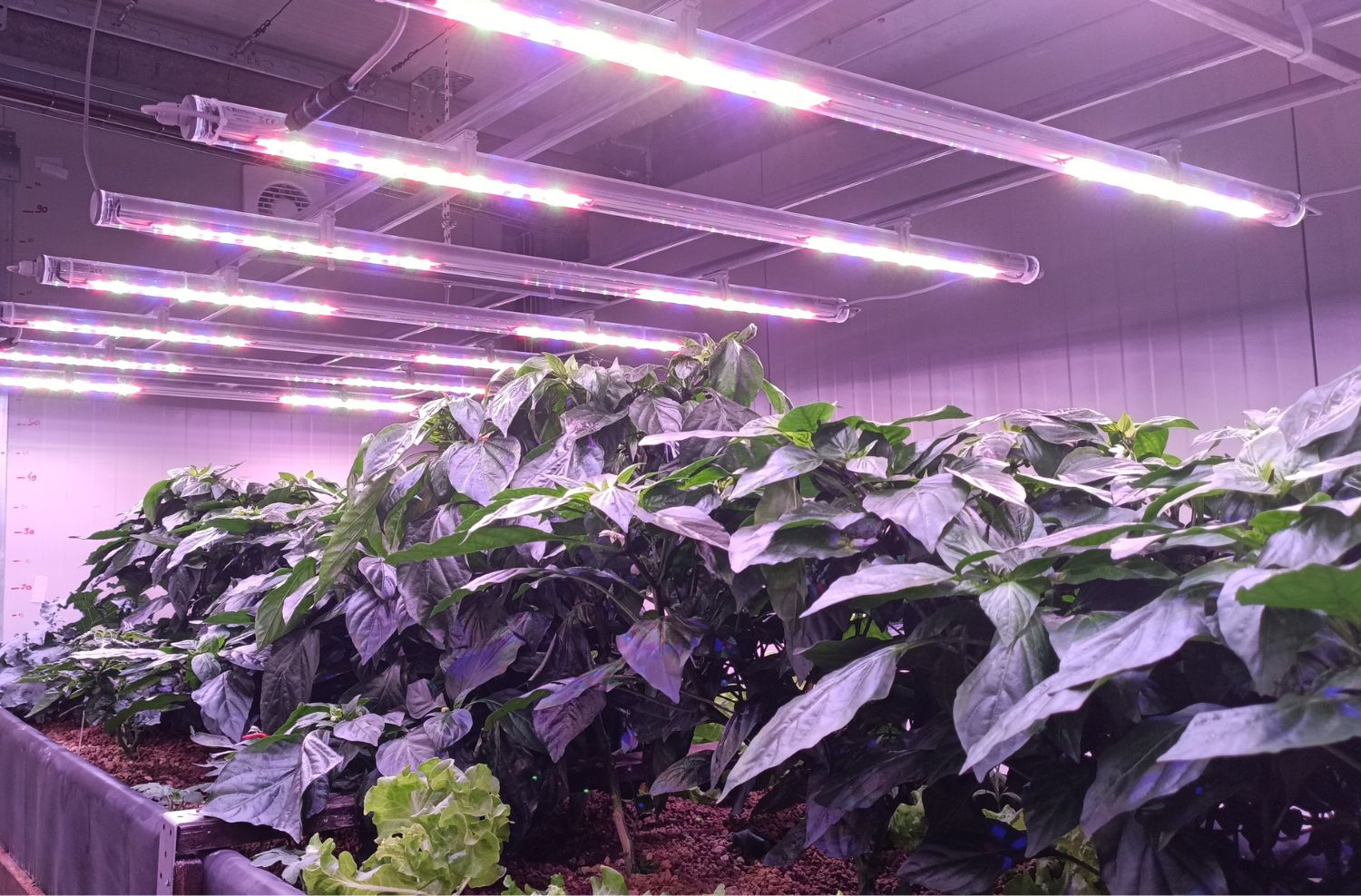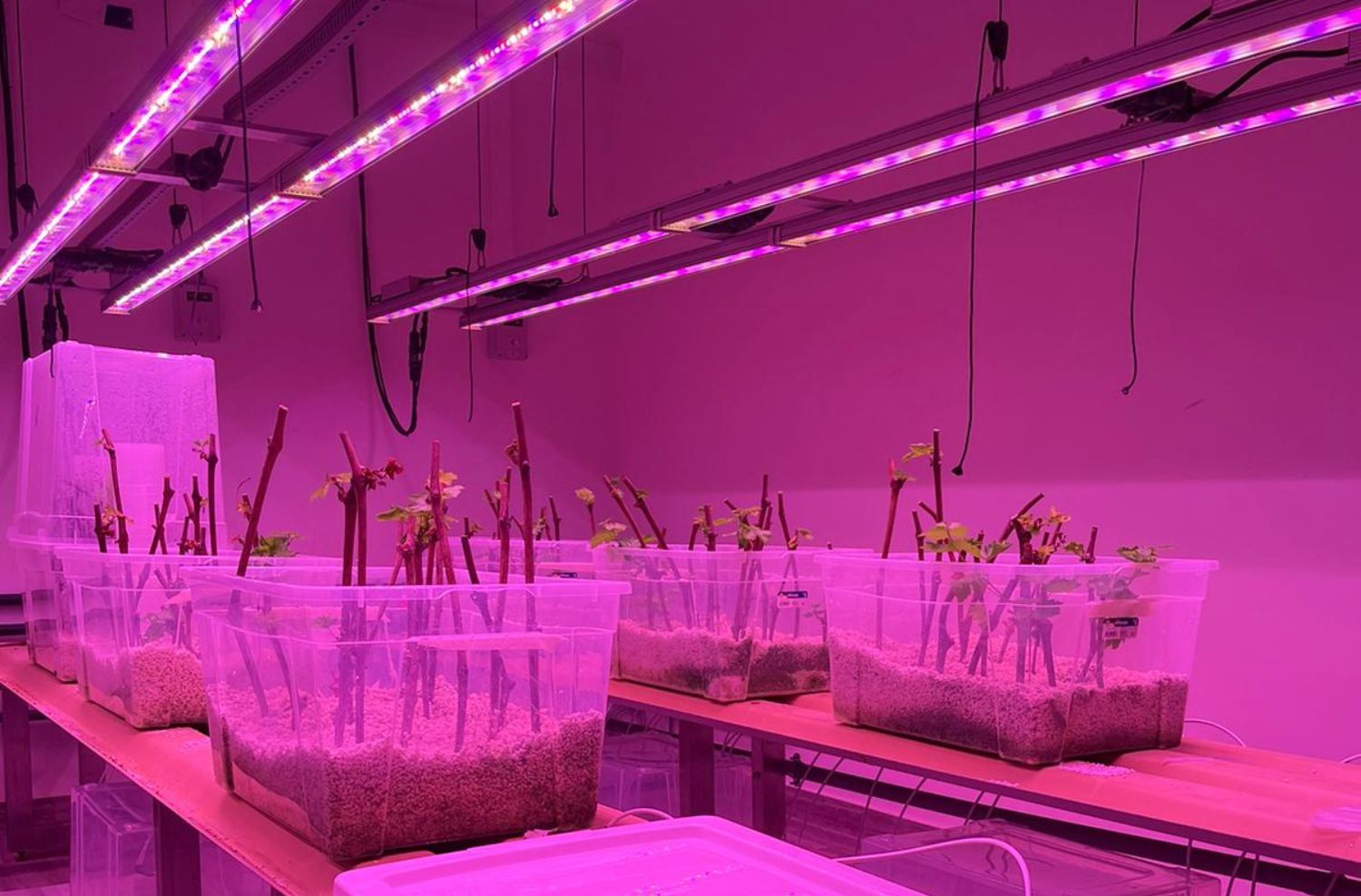Any lamp can “make light.” A well-designed system helps plants grow. The difference between a generic fixture and one that lasts for years comes down to clear engineering choices: thermal management, component quality, electronic protections, a tailored spectrum, and smart control. Here’s what makes Ambralight LED grow lamps truly durable.
Lifetime: rated hours vs. performance that lasts
The real measure of lifetime isn’t just the number on a spec sheet — it’s how much useful light remains over time. A concrete figure: our LED grow lamps maintain 90% of their initial output after 100,000 hours (L90), with IP65 protection and built-in safeguards against short circuits, overcurrent, overvoltage, and overheating.
These elements don’t just “stretch” lifetime; they make the lamps reliable in intensive greenhouse and professional setups — proof of high LED efficiency in real work cycles.
The design choices that extend lifetime
Behind every durable lamp are engineering decisions that matter day after day. In short, five pillars:
- 1
Greenhouse-ready thermal design
Aluminum bodies and high-dissipation materials keep internal temperatures in check, preserving LEDs and electronics. - 2
Quality components
High-grade OSRAM LEDs and stable power supplies maintain light output and color over time. - 3Electronic protections
Safeguards against electrical and thermal events — often the difference between “it turns on” and “it performs well.” - 4
Environmental sealing
IP65 to resist humidity and dust — the everyday reality of greenhouses and nurseries. - 5
Custom spectrum
The right light for species and stage = fewer “wasted” hours and less thermal stress; multiple installable spectra are available.
Use & maintenance: the invisible part that matters
Simple practices that, combined with good design, turn professional fixtures into a long-term investment.
Real-world data from Ambralight
Output decline: after 100,000 hours of operation, Ambralight lamps maintain 90% of their initial performance.
This is our design standard for professional lines: with proper installation and minimal maintenance (clean optics, controlled temperature, consistent switching routines), the useful light for plants remains steady over time. So, basically, your LED grow lamps keep delivering the light your crops need even after years of continuous work — reducing the risk of sudden drops and allowing secure crop planning.
What Ambralight lines have in common
Regardless of model, we focus on: high photon output, control and dimming options, configurable spectra for different crops and growth stages, robust mechanics, and simplified maintenance. That’s how professional lamps preserve performance over time — even in intensive cycles — and maximize LED efficiency.
So, how long does an LED grow lamp last?
It depends on design, environment, and use. With solid thermal management, proper protections, and routine care, you can expect many years of real-world operation, with maintained output aligned to declared classes (e.g., L90/L80). In other words: not just “it turns on,” but it keeps delivering the light that matters.

